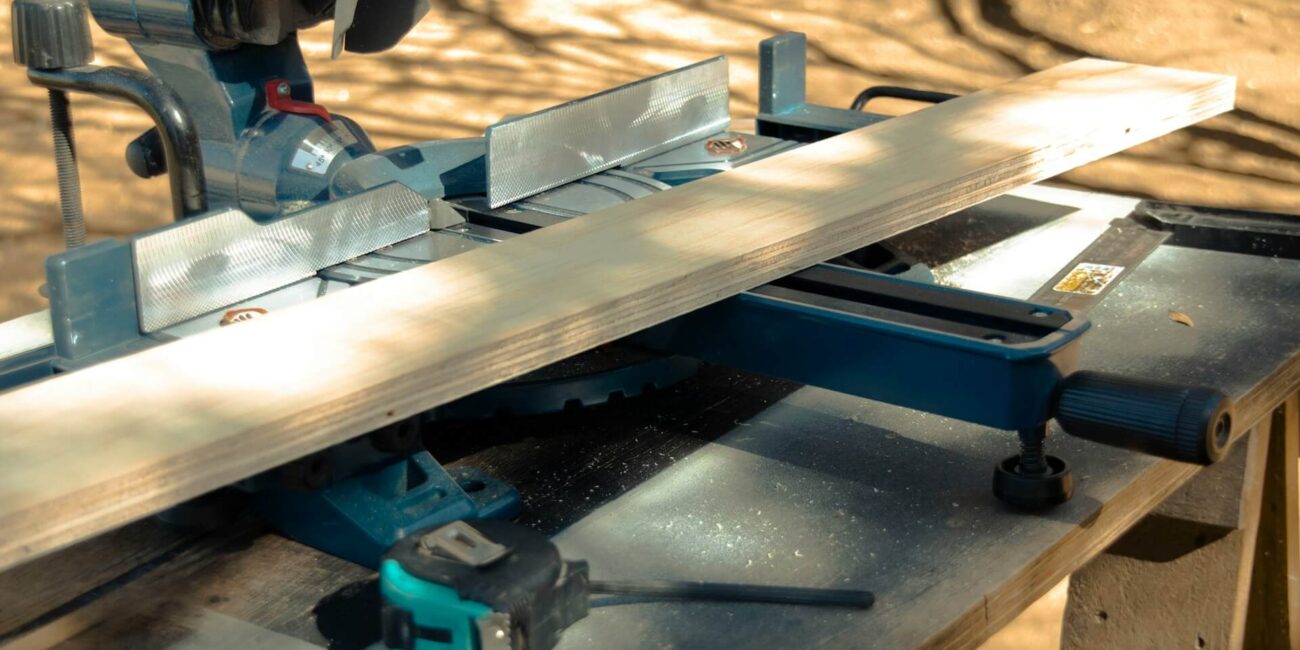If you’re a DIY enthusiast or a home renovator, you know that refinishing projects require particular attention to detail and a comprehensive set of tools. Whether you’re giving your kitchen cabinets a fresh new look, refinishing the hardwood floors in your living room, or giving that old dresser a modern, stylish upgrade, the choice of tools can spell the difference between a project that’s a joy to complete and one that becomes a dreaded chore.
Not only that, but selecting the right tools for your refinishing endeavors can significantly enhance your efficiency, the quality of your work, and even your overall experience. That said, it’s important to remember that the tool landscape is constantly evolving, with new products that might just streamline your project around the corner.
This article will guide you through essential tools for various refinishing projects, tips on choosing the best ones, and a look at some innovations helping DIY-ers get the job done with ease. Let’s sand and paint our way to a more beautiful home!
The Importance of the Right Tool
As a writer, you understand the importance of having the right tools to create a masterpiece. The same principle applies when it comes to refinishing furniture. With a wide variety of tools to choose from, it can be overwhelming to determine which are necessary for your project. Fortunately, this website has everything you need to make an informed decision. Whether you’re a seasoned pro or a beginner, we’ve got you covered. Our curated selection of tools is specifically designed to ensure precision, save time, and minimize frustration. So why waste time and money on subpar tools when you can invest in the best? Let’s get started!
Selecting Your Sanding Tools
Sanding is the backbone of any refinishing project, but not all sanders are created equal. Here’s a breakdown of the most commonly used sanding tools and the tasks they are best suited for:
- Orbital Sander: This all-purpose sander is great for flat surfaces, preparing surfaces for paint or finish, and removing materials efficiently without leaving swirl marks.
- Belt Sander: Bulky, yes, but a belt sander is your go-to for large, flat surfaces where speed is the priority. When used correctly, it levels and smooth surfaces in no time.
- Detail Sander: When you need to get into tight spots or work on rounded edges, a detail sander with its triangle shape and smaller pad is ideal.
- Random Orbital Sander: Combining the best of the belt and orbital sanders, the random orbital sander produces a fine finish while being gentle on the wood.
Considerations When Choosing a Sander
When selecting a sander, keep the following in mind before making a purchase:
- Type of Material: Different materials require different sanding techniques. Hardwoods generally need a finer sandpaper grit than softer woods.
- Project Size: The size of your project will determine if a smaller or larger sander is more suitable.
- Ergonomics: For larger projects, look for sanders that have been designed with your comfort and ease of use in mind.
Navigating Paint Stripping and Staining
Stripping old paint or stain is often the first step in a refinishing project. The tools for this can be intense, so it’s important to know the options:
- Heat Guns: For paint stripping, a heat gun is a fast and efficient option that softens the paint and makes it easy to scrape away.
- Paint Scrapers: After the paint has been heated or with the help of a chemical paint stripper, a paint scraper can remove multiple layers of paint quickly.
- Sanding Sponge: When it comes to the grooves and contours of certain pieces, a sanding sponge gives you the flexibility and control you need.
- Stain Applicators: Proper application of stain is just as important as stripping. Stain applicators come in various forms, from brushes to rags, and even staining pads. Each offers a different level of control and coverage.
The Fine Art of Finishing
For the final stages of your refinishing project—typically sealing or varnishing—there are a few tools you’ll need to ensure a professional-looking finish:
- Brushes: For small areas or highly detailed work, a good quality bristle brush is essential for a smooth and even coat.
- Rollers: Foam rollers are excellent for applying clear coats or sealers on larger, flat surfaces where brush strokes could be more visible.
- Sprayers: If you regularly work on larger projects, investing in a paint sprayer can save you a lot of time while providing an even application across the entire surface.
Innovation in the Tool Market
The world of refinishing tools is not stagnant, far from it. Innovations continue to be made, with several items standing out in the market:
- Cordless Sanders and Brushes: The freedom of movement that comes with cordless sanders and electric brushes cannot be overstated. They allow you to move around the project without restriction.
- High-Performance Dust Collection: A sander with efficient dust collection means less mess and better health for you and your workspace.
- Ergonomic Designs: New tools are being designed with the user’s comfort and actual working position in mind. This may seem like a small detail, but over the hours of a project, it makes a significant difference.
Conclusion
In summary, the right tools are integral to the success of any refinishing project, ensuring not only a high-quality finish but also saving you precious time and reducing the potential for errors. With a solid understanding of the refinishing tools available and a keen eye on market innovations, you can make your DIY dreams a reality. Remember to consider the type of sanding that needs to be done, the size of your project, and your comfort as you work through the different phases. Happy refinishing!



